Organizational Design and Development
Part Two

In our previous post, we discussed the impacts of dynamic internal and external conditions on nonprofits and the key factors that drive organizational performance in the context of change. Here, we'll talk about how to assess and purposefully design an organization for sustainability and flexibility as the environment in which nonprofits operate evolves.
How should nonprofits go about assessing and developing initiatives that will improve their organizations? In most cases, starting with an up-to-date, responsive strategy is extremely helpful, though it may not be possible to engage in formal strategic planning when there are immediate, unexpected changes in the environment. Even then, however, informal direction from the board is necessary. Typically, however, it’s the executives—not the board—will drive assessments, since they are mostly focused on operational challenges.
These general steps should be followed for organizational assessment and design:
Step One
Define the desired outcomes
First, identify both the results the nonprofit needs to achieve to advance its mission. These are what the organization needs to be set up to accomplish. They should be informed by a strategic plan with measurable objectives, a baseline, and targets aligned with its population's and internal needs. However, if there is no formal strategy, measures can still be defined.
Step Two
Communicate the effort
Organizational assessments can be rather unsettling for the workforce, especially when people are uncertain of the purpose and approach. In addition, employees and volunteers are likely to have perspectives that will add value to the process. Mitigate rumors and build trust. Openly and consistently communicate, from initiation all the way to completion.
Step Three
Gather relevant information
What’s documented—and what’s not—will provide important information for an assessment. To the extent possible, collect the most current strategic plan, organizational chart(s), job descriptions, process maps and Standard Operating Procedures (SOPs), and other related information. It's important to note what the organization doesn’t have as well.
Step Four
Listen to the people
Managers, staff, and volunteers will help uncover how the organization looks and operates in practice. Understanding what’s really going on vs. what’s documented can illuminate issues and opportunities. People, especially on the "front lines" will also be able to describe their challenges and needs. Their also likely to provide valuable ideas on how to improve.
Step Five
Explain outcome and capacity gaps
Using what’s been collected, evaluate the organization’s current ability to achieve the outcomes and examine within and across factors to find the immediate and root causes of perfomance and capacity deficiencies. They can be laid out visually in a "logic flow" to better see causes and effects, as well as issues that contribute to more than one shortfall.
Step Six
Identify "quick wins" and systemic changes
It’s now time to decide how to “fix” what’s behind the capacity gaps. Some improvements—usually for the “surface” causes of performance and internal operational issues —can be made right away. Other initiatives will address more root causes, which may be complex and extend across factors. Solutions to the latter may require more time, effort, and investment.
Step Seven
Develop an implementation plan
How to roll out multiple change initiatives is a critical decision. Even “quick wins” need to be ordered based on benefits vs. costs and access to financial, human, and other resources. Prioritize, focusing first on critical issues and evaluating feasibility and cost-effectiveness. Board input is often needed here, particularly if projects require significant investment.
Executives should be the ones “sponsoring” organizational assessments. Ideally, objective outside consultants will guide them. Involving management and staff in identifying problems and developing solutions is essential. In addition, the need to communicate progress, outcomes, and rationale, can’t be over-emphasized. Inclusion and transparency helps build a sense of ownership, alleviates concerns, and helps overcome resistance. At the end of the day, everyone plays a role in making organizational change a success!
Post Authors
Jan Bresch - Executive Director, Special Love, Inc.
Tom Morley - Managing Director, Snowflake Consulting
More Information
Contact Jan, Tom, or NANSV to learn even more and get help with your assessment.
Stay tuned for Part Three of this series,
Organizational Design Best Practices.
SHARE THIS POST











